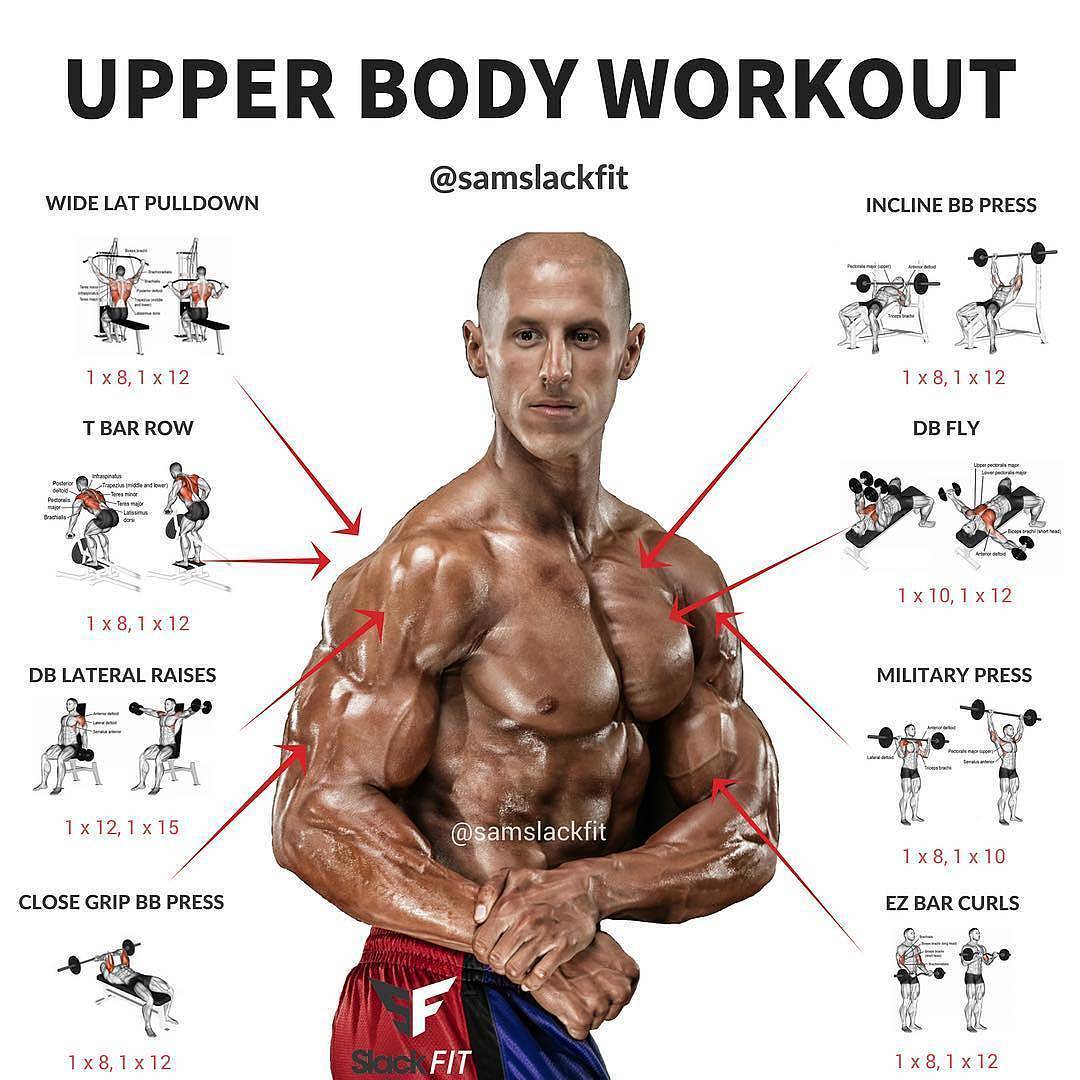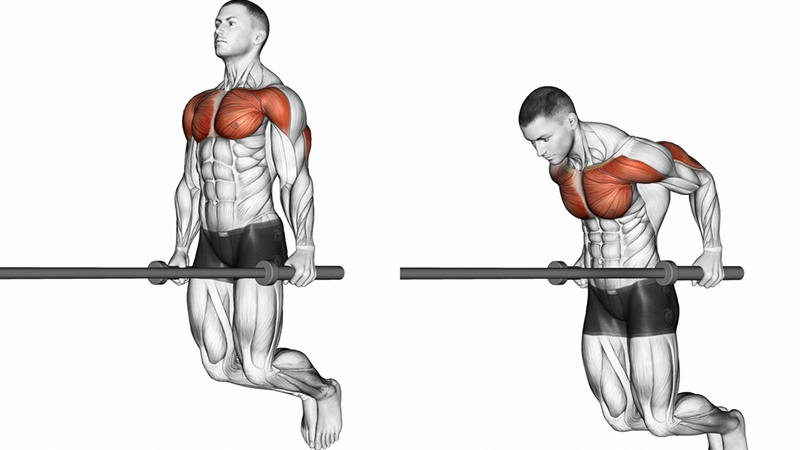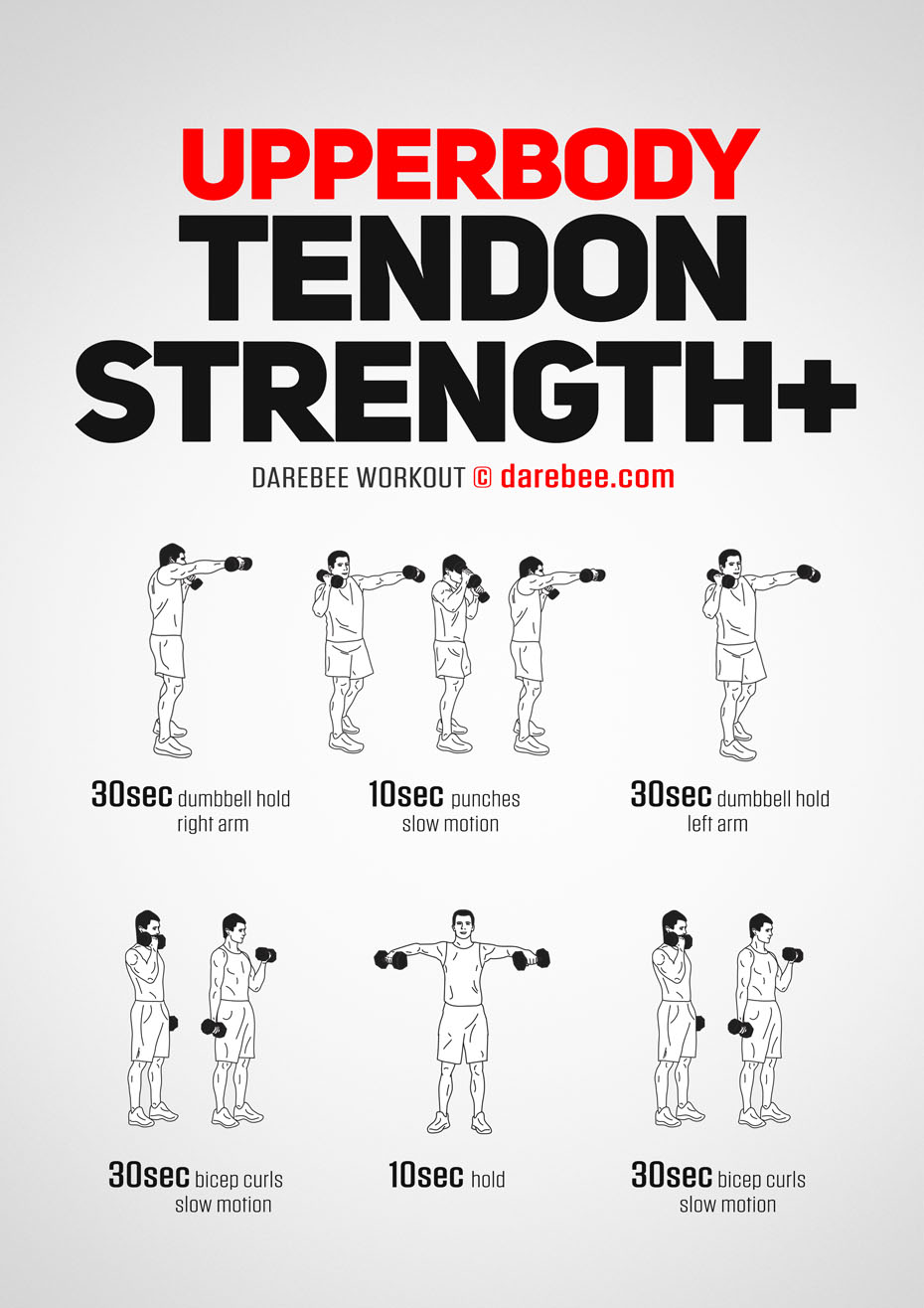Strengthening Your Upper Body: An Overview
Having a strong and defined upper body is essential for daily activities, overall fitness, and aesthetics. Upper body gym exercises target muscle groups such as the chest, back, shoulders, and arms, allowing you to build strength and improve posture. In this article, we will discuss various exercises and techniques for developing a powerful and well-defined upper body.
Warming Up: Preparing Your Upper Body for a Great Workout
Before diving into upper body gym exercises, it’s crucial to prepare your muscles with a proper warm-up. Warming up increases blood flow, reduces the risk of injury, and helps your muscles perform at their best. Dynamic stretches and movements are ideal for warming up the upper body. Consider incorporating arm circles, torso twists, and shoulder rolls into your pre-workout routine.
Mastering the Bench Press: A Classic Upper Body Exercise
The bench press is a fundamental exercise for building upper body strength, primarily targeting the chest, shoulders, and triceps. To perform a bench press, lie flat on a bench with your feet firmly on the ground. Grip the bar slightly wider than shoulder-width apart and lower it to your chest, ensuring your elbows are at a 45-degree angle to your body. Press the bar back up, extending your arms fully without locking your elbows. Select a weight that challenges you while maintaining proper form. Gradually increase the weight as your strength improves.
Pull-Ups and Push-Ups: Two Versatile Upper Body Exercises
Pull-ups and push-ups are two highly adaptable upper body exercises that can be modified to suit various fitness levels and goals. Pull-ups primarily target the back muscles, while push-ups focus on the chest. Both exercises also engage the arm and shoulder muscles.
Pull-Ups
To perform a pull-up, grip a pull-up bar with your palms facing away from you, using a slightly wider than shoulder-width grip. Hang from the bar with your arms fully extended, then pull yourself up until your chin is level with the bar. Slowly lower yourself back down. If you’re new to pull-ups, consider using an assisted pull-up machine or a resistance band to help with the movement.
Push-Ups
Push-ups are a classic exercise for building chest strength. Start in a high plank position, with your hands slightly wider than shoulder-width apart and your body forming a straight line from your head to your heels. Lower your body until your chest nearly touches the ground, keeping your elbows close to your body. Push back up to the starting position. If standard push-ups are too challenging, try performing them on your knees or against a wall.
Building Strong Shoulders: The Overhead Press
The overhead press is an effective exercise for building shoulder and tricep strength. To perform an overhead press, stand or sit with your feet hip-width apart, holding a barbell or dumbbells at shoulder height. Press the weight straight up, extending your arms fully without locking your elbows. Lower the weight back down to the starting position. Select a weight that challenges you while maintaining proper form, and adjust the weight and reps as needed for your fitness level.
Isolation Exercises: Bicep Curls and Tricep Dips
Isolation exercises, such as bicep curls and tricep dips, are designed to target specific muscle groups. These exercises can help improve the appearance and strength of your arms.
Bicep Curls
Bicep curls primarily target the biceps, the muscles at the front of your upper arms. To perform a bicep curl, stand or sit with your feet hip-width apart, holding a dumbbell in each hand with your palms facing forward. Keeping your elbows close to your torso, curl the weights up toward your shoulders, then lower them back down. Select a weight that challenges you while maintaining proper form, and adjust the weight and reps as needed for your fitness level.
Tricep Dips
Tricep dips focus on the triceps, the muscles at the back of your upper arms. To perform tricep dips, position your hands shoulder-width apart on a secured bench or chair. Extend your legs out in front of you, keeping your knees slightly bent. Lower your body until your arms are at about a 90-degree angle, then push back up to the starting position. If this exercise is too challenging, you can bend your knees or perform the dips with your feet flat on the floor.
Cooling Down: Stretching and Recovery for Upper Body Exercises
Cooling down after an upper body workout is just as important as warming up. Proper cooling down techniques can help reduce muscle soreness, improve flexibility, and promote recovery. Incorporate static stretches and self-myofascial release techniques into your cool-down routine.
Static Stretches
Static stretches involve holding a stretch for a specific amount of time, usually between 15 and 30 seconds. These stretches can help improve flexibility and range of motion in the upper body. Some examples of static stretches for the upper body include shoulder stretches, chest stretches, and tricep stretches.
Self-Myofascial Release Techniques
Self-myofascial release techniques, such as foam rolling or using a massage ball, can help reduce muscle tension and improve circulation. These techniques can be especially beneficial after an upper body workout, as they can help alleviate muscle soreness and improve recovery time.
Tips for Promoting Recovery
In addition to static stretches and self-myofascial release techniques, there are other ways to promote recovery after an upper body workout. These include staying hydrated, getting enough sleep, and eating a balanced diet rich in protein and other nutrients. By incorporating these techniques into your workout routine, you can help reduce muscle soreness and improve overall recovery.
Creating a Balanced Upper Body Workout Routine
To build a strong and defined upper body, it’s important to incorporate a variety of exercises that target the different muscle groups. By mixing and matching exercises, you can create a balanced upper body workout routine that keeps your workouts interesting and challenging.
Selecting the Right Exercises
When creating a balanced upper body workout routine, consider including exercises that target the chest, back, shoulders, and arms. Some examples of upper body gym exercises include the bench press, pull-ups, push-ups, overhead press, bicep curls, and tricep dips. By incorporating a mix of compound and isolation exercises, you can ensure that all of the muscle groups in your upper body are being adequately trained.
Adjusting the Volume and Intensity
To make your upper body workout routine even more effective, consider adjusting the volume and intensity of your exercises. This can be done by increasing the number of sets or reps, using heavier weights, or incorporating variations and progressions. By gradually increasing the volume and intensity of your workouts, you can continue to challenge your muscles and promote growth and strength.
Creating a Workout Schedule
When creating a balanced upper body workout routine, it’s also important to consider the frequency and duration of your workouts. Aim to train your upper body at least two to three times per week, with each workout lasting between 30 and 60 minutes. By following a consistent workout schedule, you can ensure that your muscles are being adequately trained and that you are making progress toward your fitness goals.
Incorporating Rest and Recovery
Finally, don’t forget to incorporate rest and recovery into your upper body workout routine. This can be done by including rest days between workouts, practicing proper cooling down techniques, and getting enough sleep. By allowing your muscles time to rest and recover, you can help prevent injury and promote overall fitness and well-being.






